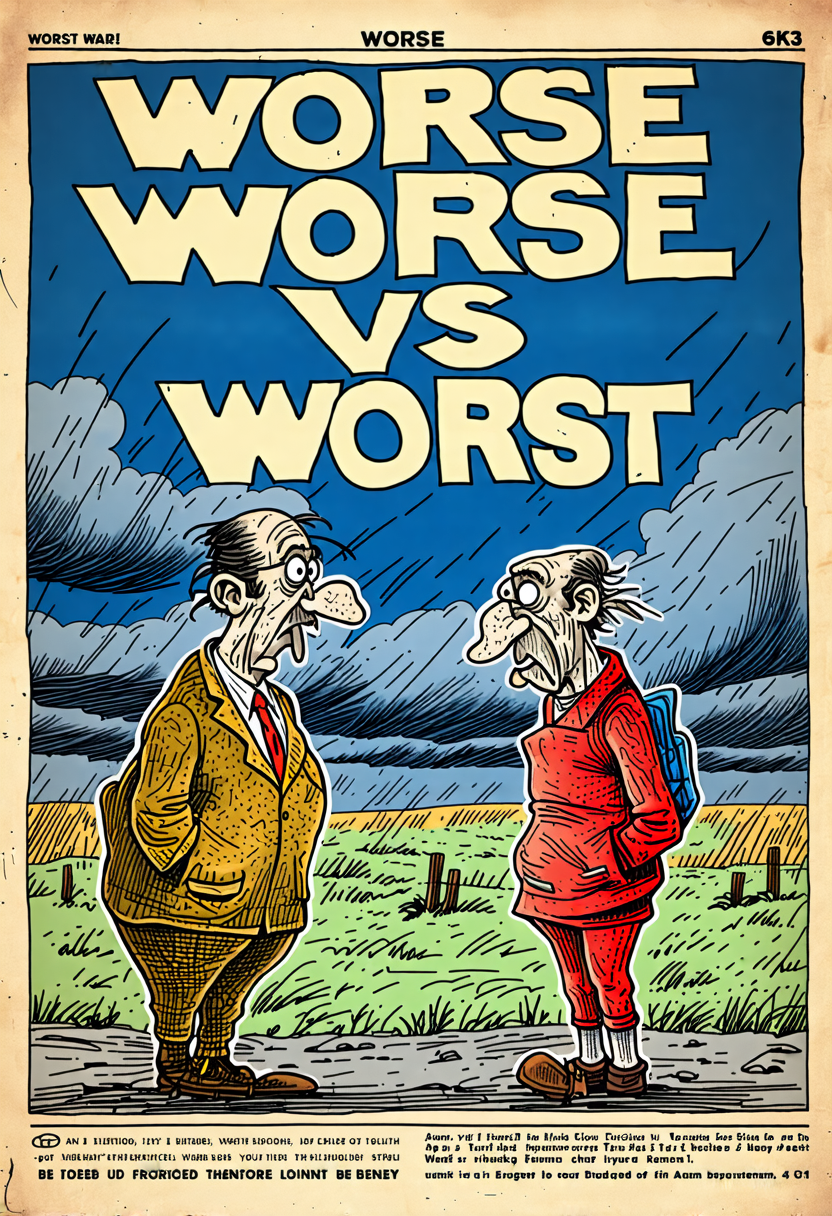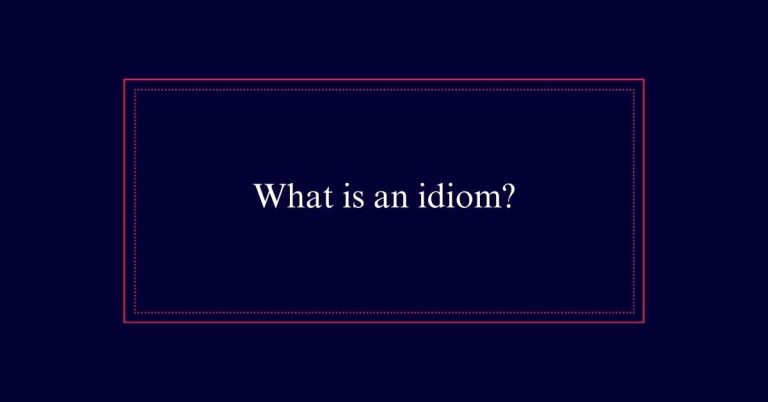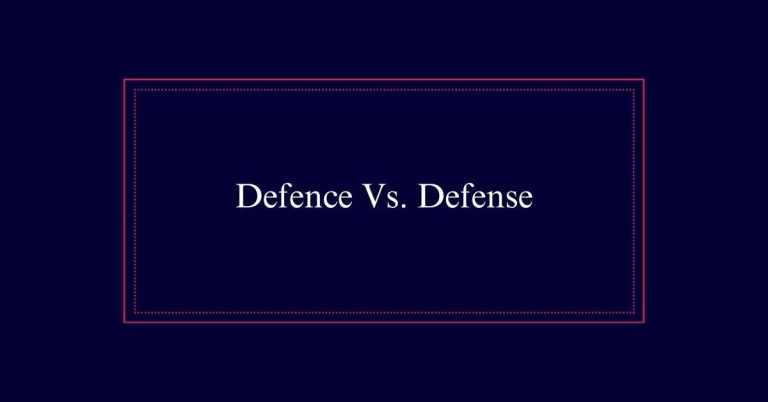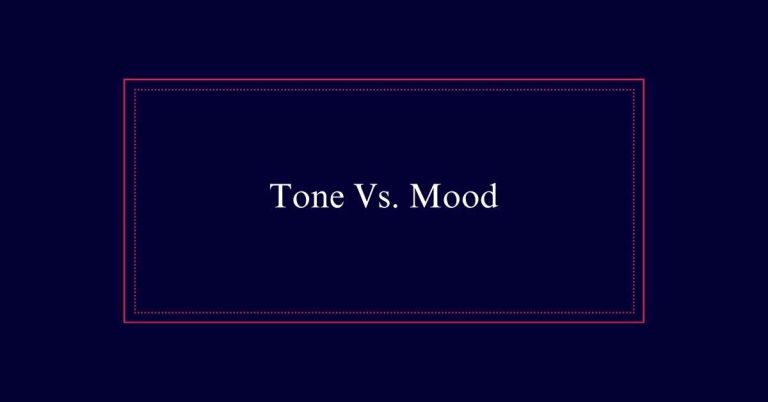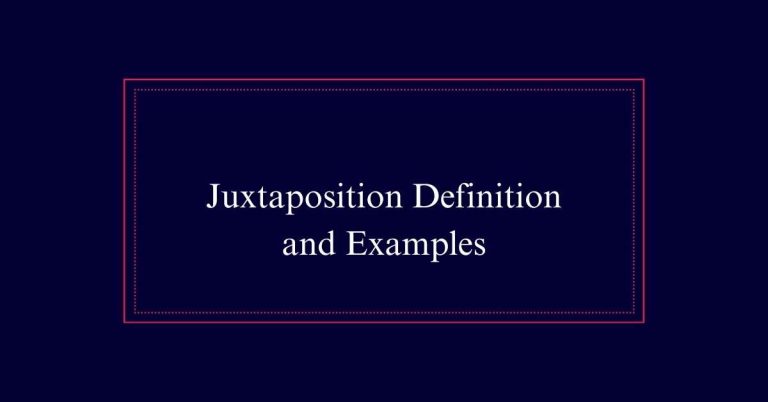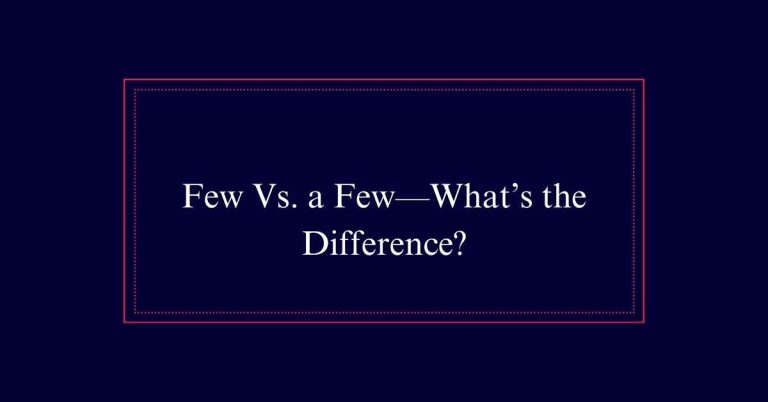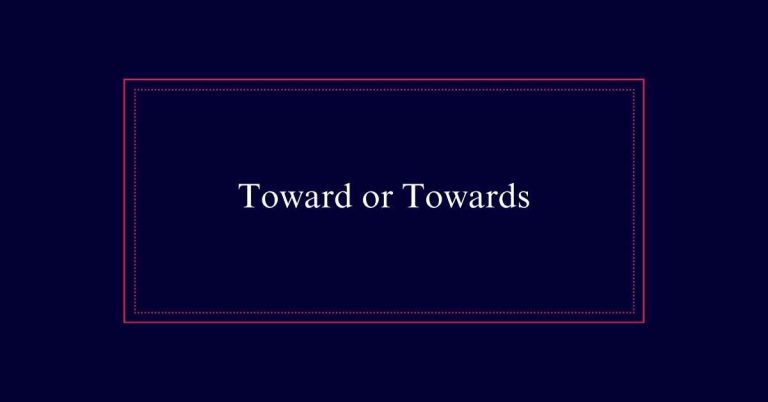Worse Vs. Worst
‘Worse’ and ‘worst’ both derive from the word ‘bad,’ but they serve different grammatical roles. ‘Worse’ is the comparative form, used to indicate a decline in quality between two entities. For example, “This situation is worse than before.” ‘Worst’ is the superlative form, identifying the most negative condition among three or more entities. For instance, “This is the worst day of the week.”
Understanding ‘Worse’
Understanding the term ‘worse’ is crucial for accurately comparing two situations or conditions. ‘Worse’ is the comparative form of ‘bad.’ It indicates a decline in quality, desirability, or condition compared to another state.
For example, saying ‘Today’s weather is worse than yesterday’s’ highlights that the current weather is less favorable than it was previously. It is used to show a negative change between two points in time or circumstances.
Another example is, ‘The recipe tasted worse after I added vinegar,’ which shows that the addition of vinegar made the recipe less enjoyable. Using ‘worse’ correctly ensures clear communication when describing deteriorations or declines between two specific situations or conditions.
Understanding ‘Worst’
‘Worst’ is used to identify the most negative condition or the least desirable option among three or more choices. It is the superlative form of ‘bad,’ indicating the highest degree of negativity or inferiority. For example, in a group of test scores, the one with the lowest score is the worst. Use ‘worst’ to emphasize extremes and signify the lowest quality or condition.
| Example Sentence | Explanation |
|---|---|
| “This is the worst movie I’ve ever seen.” | Indicates the least enjoyable movie among many. |
| “He had the worst luck during the trip.” | Highlights the most unfortunate experiences compared to others. |
| “That was the worst performance tonight.” | Points out the least impressive act among all performances. |
Comparative Form: ‘Worse’
In comparison to ‘worst,’ the term ‘worse’ serves as the comparative form of ‘bad,’ indicating a decline in quality, desirability, or condition between two things. It is used when comparing the state of one thing to another, showing that one is inferior.
For example, ‘The recipe tasted worse after I added vinegar.’ Here, ‘worse’ indicates that the recipe’s quality declined after the addition. Another example is, ‘His grades have been getting worse as the term progresses,’ illustrating a downward trend in academic performance.
‘Worse’ effectively highlights a negative change in one entity when set against another, making it essential for conveying comparisons of declining states.
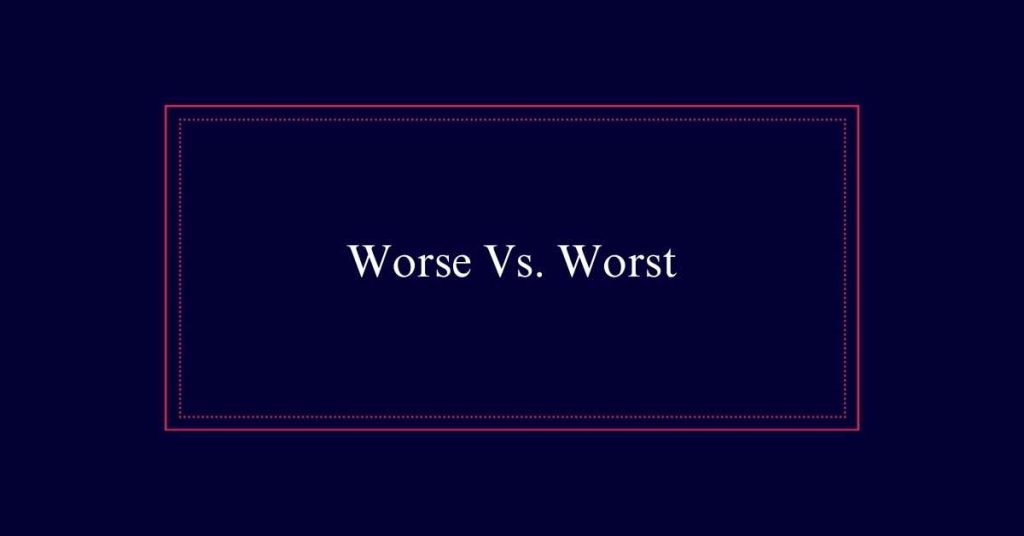
Superlative Form: ‘Worst’
When comparing multiple items or scenarios, the term ‘worst’ identifies the one with the lowest quality or most negative condition. It is the superlative form of ‘bad’ and is used when discussing three or more items.
‘Worst’ signifies the absolute bottom regarding quality or desirability. For example, ‘That was the worst movie I have ever seen’ indicates that out of many movies, this one ranks the lowest.
Another example is, ‘Of all the employees, he has the worst attendance record.’ Here, ‘worst’ emphasizes the extreme negative aspect among a group.
Using ‘Worse’ Correctly
How can one use the word ‘worse’ correctly in a sentence? The term ‘worse’ is the comparative form of ‘bad.’ It is used to describe a decline in quality, condition, or desirability compared to another state or situation. For example, “The traffic today is worse than yesterday.” Here, ‘worse’ compares today’s traffic to yesterday’s, indicating a negative change.
| Example Sentence | Explanation |
|---|---|
| “His grades are getting worse.” | Compares current grades with past grades. |
| “The weather today is worse than last week.” | Compares today’s weather with last week’s. |
| “The movie sequel was worse than the original.” | Compares the sequel to the original movie. |
| “The situation has become worse over time.” | Indicates a decline in the situation over time. |
Using ‘Worst’ Correctly
‘Worst’ is the superlative form of ‘bad,’ used to describe the most negative quality or condition among three or more things. It signifies the highest degree of badness.
For instance, in a group of performances, the one that disappoints the most is labeled ‘the worst.’ This adjective emphasizes extremes, often highlighting the lowest quality or most unfavorable condition.
When comparing multiple elements, ‘worst’ helps identify the least desirable option. For example, ‘Of all the dishes, this one tastes the worst.’
As a result, ‘worst’ effectively communicates the idea of being at the bottom regarding quality, condition, or desirability. Use it to stress the most negative aspect in any comparison involving three or more items.
Key Differences
Understanding the key differences between ‘worse’ and ‘worst’ is essential for proper usage in comparisons. ‘Worse’ is a comparative adjective used to describe a decline in quality or desirability between two entities. It indicates that one thing is inferior to another. For instance, ‘Her cold is worse today than yesterday.’
On the other hand, ‘worst’ is a superlative adjective that denotes the lowest quality or most negative condition within a group of three or more. It signifies the utmost degree of badness. For example, ‘This is the worst movie I’ve seen all year.’
Examples of ‘Worse’
To illustrate the use of ‘worse’, consider the following examples. When comparing the condition of two things, ‘worse’ highlights deterioration.
For instance, ‘The recipe tasted worse after I added vinegar,’ shows a decline in taste. Another example is, ‘His grades have been getting worse as the term progresses,’ indicating a decrease in academic performance over time.
Additionally, ‘Briony’s cold got worse after a few days, so she had to see a doctor,’ describes a worsening health condition.
Examples of ‘Worst’
In contrast to ‘worse’, ‘worst’ is used to identify the most negative condition among three or more things. It signifies the highest degree of badness.
For example, ‘The worst part about hiking the trail is the steep incline at the beginning’ highlights the most challenging aspect among several.
Another instance is, ‘Of all the job candidates, Margaret had the worst interview skills but the best résumé,’ showing her interview skills as the least favorable among multiple candidates.
Additionally, ‘They want a new car in the worst way’ illustrates an extreme desire.
Lastly, ‘That was the worst inning of baseball I’ve ever seen’ describes the inning as the least favorable among many.
Common Mistakes
Many people often confuse ‘worse’ and ‘worst’ due to their similar meanings and forms. One common mistake is using ‘worse’ when ‘worst’ is appropriate. For instance, saying ‘This is the worse day’ instead of ‘This is the worst day’ is incorrect.
Another frequent error is using ‘worst’ instead of ‘worse’ in comparisons, such as ‘My cold is worst today than yesterday’ instead of ‘My cold is worse today than yesterday.’ Remember, ‘worse’ compares two things, while ‘worst’ identifies the lowest quality among three or more.
Proper usage of these terms enhances clarity and precision in communication. Avoiding these common pitfalls guarantees your writing is both accurate and effective.
Frequently Asked Questions
Can ‘Worse’ Be Used as a Noun?
No, “worse” cannot be used as a noun. It functions as an adjective or adverb, describing a decline in quality or condition compared to something else. For instance, “His condition is getting worse.”
Is ‘Worse’ Only Used in Negative Contexts?
The term “worse” is generally used in negative contexts, indicating a decline or deterioration in quality, condition, or desirability. It compares two states, highlighting that one is inferior to the other.
How Do I Use ‘Worst’ in a Sentence With Multiple Clauses?
To use ‘worst’ in a sentence with multiple clauses, make sure it clearly denotes the most negative aspect. Example: ‘The meeting was long, the coffee was cold, and the worst part was the faulty projector.’
Can ‘Worst’ Be Used to Describe a Person’s Behavior?
Yes, “worst” can describe a person’s behavior. It signifies the most negative behavior among a group. For example, “His behavior during the meeting was the worst, disrupting everyone.” It emphasizes the highest degree of negativity.
